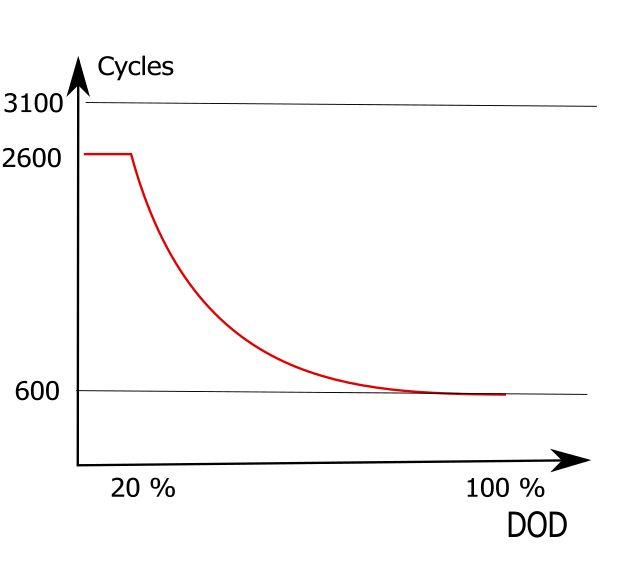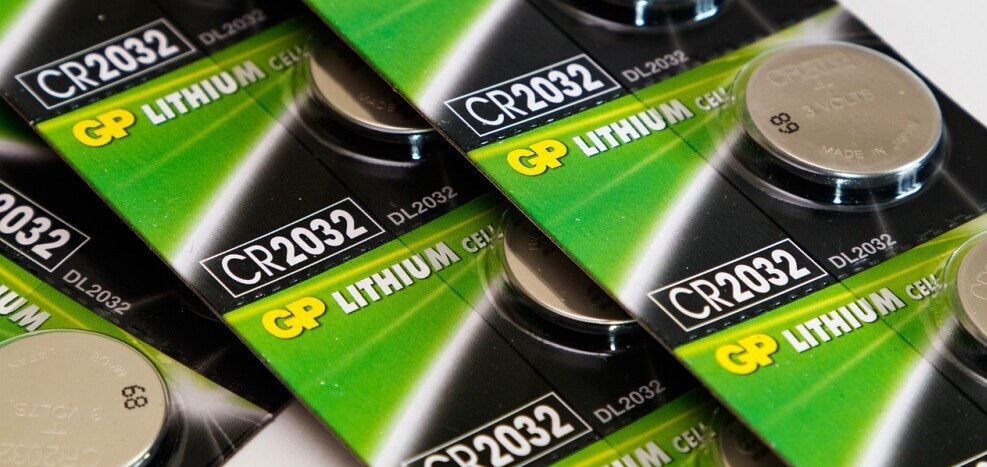There are eight basic steps involved in projecting off-grid solar systems: calculating for DC consumers, choosing automomy days, sizing solar arrays, and five more.
A typical off-grid solar system isn’t all that complex when you break it down. There are a few key parts: the solar panels themselves, a charge controller, a battery bank for storing energy, and an inverter. Each plays a specific role, transforming sunlight into usable power and storing it for when you need it most, like during the night or cloudy days.
Energy storage is a big deal here, especially since your solar panels don’t operate all the time. This is where the battery bank becomes essential. It covers your consumption gaps, which happen when the panels can’t harness the sun’s power. Having an adequate setup means your home remains powered no matter what.
Before jumping into battery choices or dreaming about energy independence, you’ve gotta get your energy needs straight. Determining your operating voltage and how much energy you actually need is the first step. This isn’t just about big-ticket items; it’s about all electrical consumers in your home. You’ve gotta add up their power draw and adjust based on your daily usage patterns.
It’s crucial to consider the nuances of energy demand and supply. Maybe you’re running a fridge, charging phones, or using lights—each affects your needs differently. With these insights, you’ll form the foundation of a smart, self-sufficient off-grid system.
Step-by-Step Guide to Accurate Battery Sizing
step 1 – energy consumers
First off, you’ve got to calculate your average daily energy consumption. This step isn’t just about numbers; it’s about understanding your energy habits. Typically, you’ll list out all the devices you use and see how much they guzzle daily. It sets the stage for everything else.
Don’t overlook those smaller devices working after dark, like mobile phone chargers. They might seem tiny, but in your energy calculations for battery sizing, every bit counts. Tally them up to make sure your nighttime consumption aligns with your available storage.
step 2 – autonomy days
Choosing autonomy days means you’re deciding how many days you want your system to run without sun. Generally, it’s smart to aim for 1 to 5 days, depending on your area’s sunlight consistency. Think of this as insurance against those unexpected gray days.
step 3 – battery efficience
We already have an idea of how much energy we need per day and how much for the selected days of autonomy. The next step is to choose a battery according to price and quality. Lithium batteries are more expensive, but they don’t have to be the only choice. Each battery heats up and loses some energy during operation. This loss is smaller with lithium batteries but increases the cost of the investment.
step 4 – Power and Voltage
This is most important parameter. This is the most important part of the calculation. You can’t go wrong here. The general rule is that if the total power of consumers is up to 1 kW, the voltage is 12 V. For power from 1 kW to 2 KW, the voltage is 24 V. For everything above that, the voltage is 48 V.
To figure out your battery bank’s capacity, take that calculated value we got for our actual current needs and divide it by the voltage you picked. This aids in determining the exact amount of energy storage required to maintain optimal operations.
Finalizing Your Battery and Solar Panel Setup
step 5 – Depth of discharge
Depth of Discharge (DOD) is another biggie. It’s about how deep you’re discharging the battery’s capacity before recharging it. Different batteries have different safe DOD levels. Along with temperature compensation, this helps protect and extend your battery’s life.

step 6 – wiring and voltage setup
When it comes to configuring your batteries, there’s a method to the madness. You’ll choose a connection combination that nails the voltage you need. This step ensures your system is balanced, distributing power efficiently across your devices.
step 7 – inverter
Now, don’t forget about your inverter. Whatever energy you calculated, divide it by the inverter’s efficiency. It matters because inverters aren’t 100% effective; they lose some energy converting DC to AC, which you need to account for.
step 8 – solar array
Choosing the right solar panel size comes next. Your calculations from the battery bank will guide you here. It’s about matching your panels to your energy storage so you’re not coming up short or oversizing and wasting money.
Conclusion
A little maintenance goes a long way. Regular checks can alert you to potential issues before they become big problems. Proper care not only extends the lifespan of your batteries but also keeps your system running at peak performance.
It’s always smart to consider future needs. Whether you’re looking to add more power capacity or scale your system for growing consumption, planning ahead makes those expansions seamless. Keeping a flexible mindset with your solar setup is key to adapting to changing energy demands.


